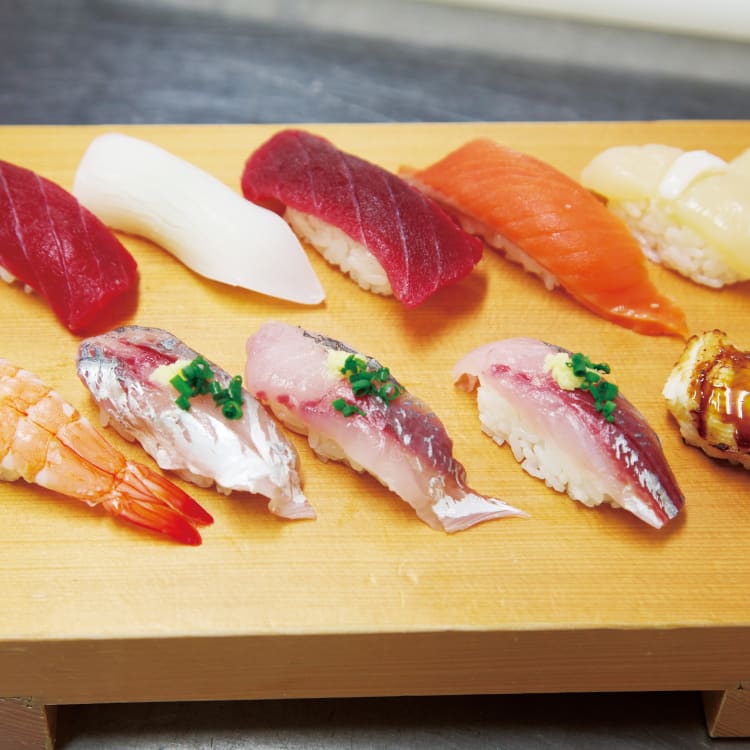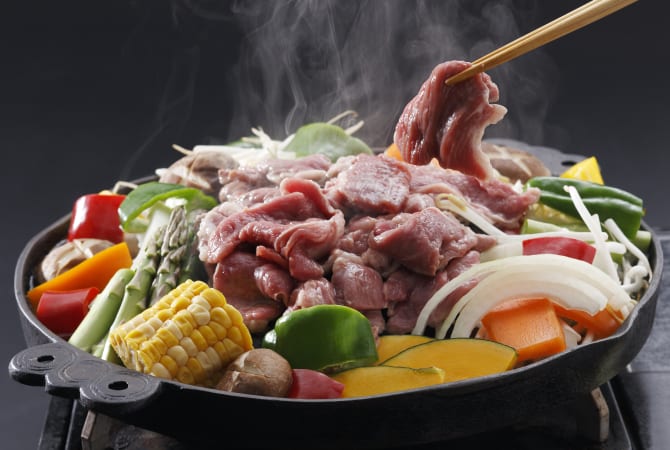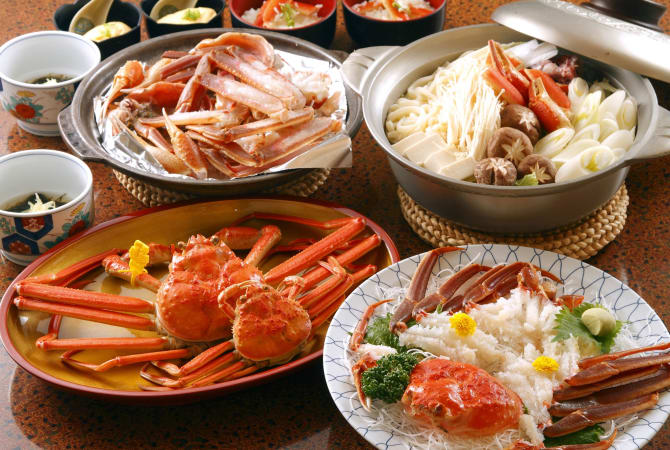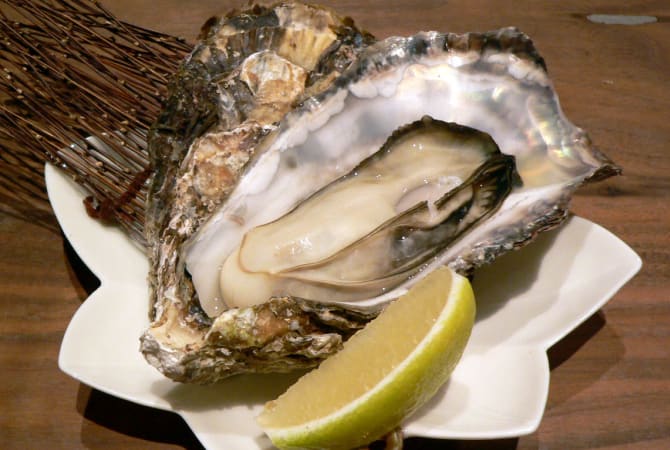
KANTO
Tokyo
Tsukishima Monja

Tsukishima’s “Western Nakadori shopping street” is called “Monja Street”. It is a spot always crowded with tourists. Monja Street is the place popular for its Monjayaki delicacy. It is a local food in the suburbs of Tokyo. Monjayaki is a deep fried dish which gives out an authentic taste. Although Monjayaki is similar to Okonomiyaki, the only difference is the dough ratio. These two pancakes are both savoury and different in texture. Tsukishima Monja Street has over 75 restaurants now that you can indulge in.
Reference: https://centraltokyo-tourism.com/en/spot/detail/100601004
Kanagawa Prefecture
Navy Curry

Curry in Japan was first originated in Yokohama (Kanagawa prefecture) and was introduced to Japan during the Meiji era (1868–1912) by Anglo-Indian officers of the royal Navy and other stalwarts of the British Empire. It was first eaten together with bread but because the Japanese navy could not adapt to it, they arranged it a little bit by adding flour and making it thicker. This triggered the habit of eating curry with rice, establishing all over Japan. By the 1870s, curry became a staple within the Japanese diet. It is now known as Yokosuka Kaigun Curry or simply Navy curry.
Reference: https://trip.pref.kanagawa.jp/feature/gourmet/yokosuka-curry
Chiba Prefecture
Katsuura Tantanmen

Katsuura Tantanmen is a local ramen using the name of burgundy noodles served at restaurants in Katsuura City, Chiba Prefecture. The history of this dish is a great story to be shared with tourist when trying for the first time. Back in the days when the fisherman and divers feel chilled, they would indulge in this delicacy to keep themselves warm.
Tantanmen from the port town of Katsuura is a dish that was born from the need to warm the chilled bodies of the female divers and fishermen. The spicy soup based on soy sauce has the simple toppings of onion and the sweetness of minced meat for an extraordinary taste.
The menu features noodles based on soy sauce based lustre oil. It is common for the ingredients to have onion leek, ground minced meat, garlic and leeks. Hurry to Katsuura and try this unique ramen.
Reference: http://kyoudo-ryouri.com/en/food/2398.html
Tochigi Prefecture
Utsunomiya Gyoza Dumpling

Cheap, convenient and cut your cravings. Utsunomiya Gyoza Dumpling is a snack not to be missed by any tourist in Japan. The look of it is already a piece of art for any tourist.
But wait till you try it. It’s got a variety of dumplings you can eat from. From crispy fried, steamed, boiled and grilled. These dumplings have a wide variety of flavours too. It’s small and you can’t stop until you finish the whole plate. And over 300 restaurants in just this city! You must taste all flavours at once to get the experience. It’s so yummy that’ sometimes a dozen wouldn’t be sufficient for your tummy and of course taste buds.
Don’t miss out on these gyoza dumplings! So juicy, so yummy and so unforgettable!
Reference:
https://travel.tochigiji.or.jp/en/features/gourmet/
Gunma Prefecture
Himokawa Udon

Have you ever heard of noodles that can go up to the size of a cloth? Himokawa Udon, a type of noodles made in Japan that can go up to 10cm wide while its thickness is only 1mm.
These noodles are served in both cold and hot way. It is a specialty in Gunma prefecture and many tourists make it a point to try these udon noodles.
It is handmade and chewy, and has a large range of flavours for you to choose! Not like the typical round udon noodles that we slurp, this udon noodles must be eaten in a certain way. If you’re interested to know more, then try the fun of eating these noodles yourself when you visit Gunma!
Reference:
https://www.visitgunma.jp/en/sightseeing/detail.php?sightseeing_id=98
Ibaraki prefecture
Mito Natto

Natto is also known as the fermented soybeans. Fermented soybean itself is vegan. However, dried bonito fish flakes are usually added to give it a more delicious taste. It is served with white rice which balances out all the strong flavours.
Being one of the large production area of soybean, farmers living in Mito, Ibaraki used to make their own natto at home. High in protein, Mito Natto tastes good and is a must-try breakfast when you are in Japan. It contains various vitamins and minerals such as manganese, iron and fibre.
It is available in many different cooking styles such as “hikiwari natto”, “kotsubu natto” and many more. It’s now your turn now to identify which Natto you like the best or maybe you love them all.
Reference:
http://kyoudo-ryouri.com/en/food/1596.html
Saitama Prefecture
Soka Senbei (Rice Cracker)

Soka Senbei, a popular local snack originated in Soka, Saitama, is made from non-glutinous rice. A traditional senbei is round and soy sauce flavoured but there are many unique flavours these days such as sesame, miso, seaweed, and sugar.
A rice cracker theme park, Soka Senbei Garden, was launched by famous rice cracker company, Yamako Senbei. At this facility, you can experience not only watching craftsman making rice crackers but can also engage in the senbei baking process. That means you can enjoy nice, crispy senbei that you baked yourself.
A maximum of 36 people can join the activity and if you are in a small group, no reservation is needed.
Reference:
http://www.city.soka.saitama.jp/english/city_profile/03.html


























































